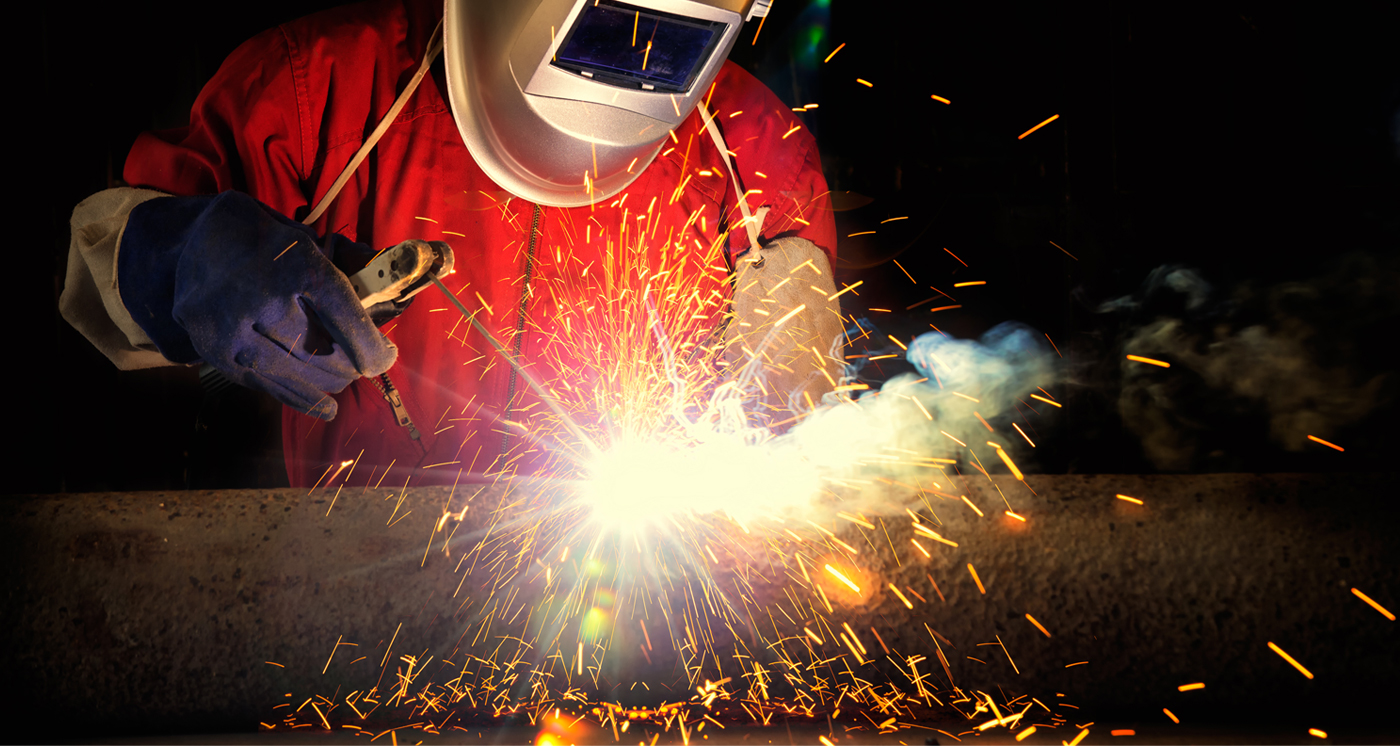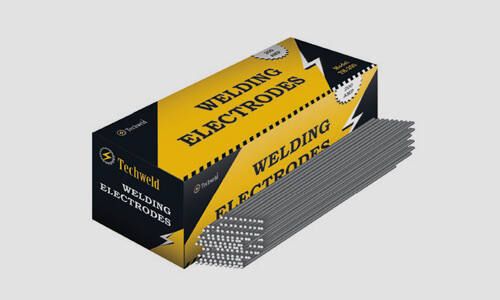
SMAW
Shielded metal arc welding (SMAW), also known as manual metal arc welding (MMA or MMAW), flux shielded arc welding or informally as stick welding, is a manual arc welding process that uses a consumable electrode covered with a flux to lay the weld.
SMAW is often used to weld carbon steel, low and high alloy steel, stainless steel, cast iron, and ductile iron. While less popular for nonferrous materials, it can be used on nickel and copper and their alloys and, in rare cases, on aluminum. Furthermore, depending on the electrode used and the skill of the welder, SMAW can be used in any position.
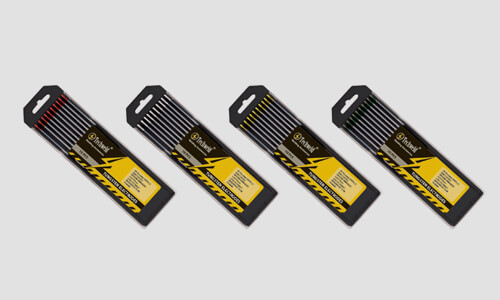
GTAW
Gas Tungsten Arc Welding (GTAW), is also known as tungsten inert gas (TIG) welding, is an arc welding process that uses a non-consumable tungsten electrode to produce the weld. Tig welding is used to make precise, critical welds when joining metals such as mild steel, aluminum, or stainless steel. TIG welding is a two handed process (one hand holds the torch while the other feeds filler metal) and commonly involves a foot pedal or fingertip remote to control the arc voltage while welding. Like MIG welding, a shielding gas (typically argon) is required
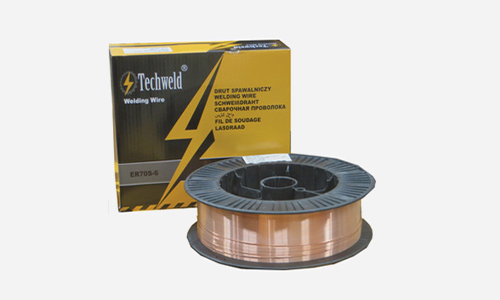
GMAW
Gas metal arc welding (GMAW), sometimes referred to by its subtypes, metal inert gas (MIG) welding or metal active gas (MAG) welding, is a semi-automatic or automatic arc welding process in which a continuous and consumable wire electrode and a shielding gas are fed through a welding gun.
(GMAW – Gas Metal Arc Welding) is the most common process use in home shops, small businesses, manufacturing and metal fabrication applications.
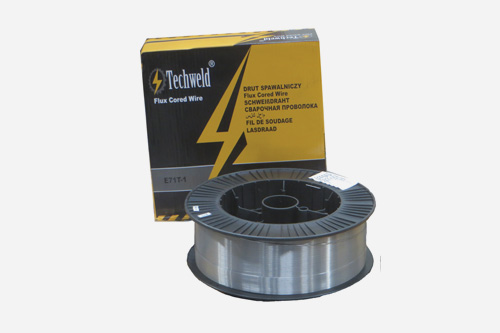
FCAW
Flux-cored arc welding (FCAW or FCA) is a semi-automatic or automatic arc welding process. FCAW requires a continuously-fed consumable tubular electrode containing a flux and a constant-voltage or, less commonly, a constant-current welding power supply. Flux cord wire

